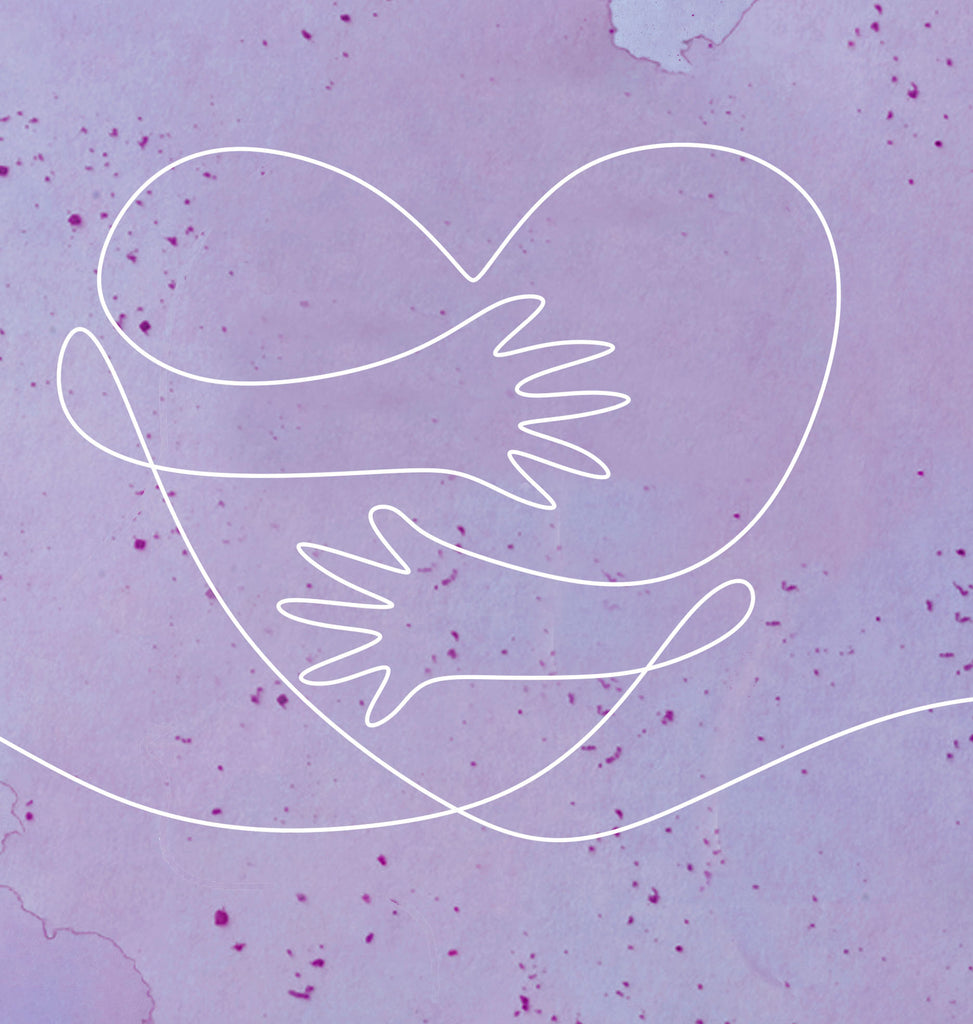Dr Evie Kemp Haskapa co-founder
Latest statistics from the British Heart Foundation show there are 7.6 million people living in the UK with heart and circulatory diseases. These diseases, for example heart attacks, cause 27 per cent of all deaths in the UK; that's nearly 170,000 people each year, 480 each day – or an average of one death every three minutes.
Helping patients change their lifestyle can prevent, treat and even sometimes reverse these heart and circulatory diseases. For example, helping people to increase their physical activity, manage their stress, stop smoking and eat a healthier diet.
What about berries and heart health?
There is growing research evidence to suggest a diet containing berries may help us reduce the risk of developing chronic cardiac diseases, such as high blood pressure and heart attacks. It is becoming clear that a group of plant chemicals called anthocyanins are an important key to understanding these berry health benefits. Anthocyanins are naturally occurring plant pigments that give fruit and vegetables their deep purple, blue and red colours.
Large population studies have shown that a higher anthocyanin diet was associated with:
- 32% reduction in the risk of suffering heart attacks in young and middle-aged women.1
- 14% reduction in risk of developing non-fatal heart attacks in men.2
- 8-12% reduction in the risk of developing high blood pressure.3
A 2019 study from King’s College London demonstrated that anthocyanins have a major role to play in how blood vessels in our bodies function, helping to lower blood pressure and improve blood flow.4
The evidence from clinical studies is growing as well. A review of 22 dietary clinical research trials looked at the effects of berry anthocyanins on the cardiovascular system. Results showed significant improvements in blood pressure and blood vessel function in the berry eaters.5
What’s special about haskap berries?
As a result of their abundant vibrant colour with double blue-purple skin and deep crimson flesh, haskap berries contain four times more anthocyanins than blueberries.
Haskapa has been commissioning its own clinical research on haskap berries. A pilot study showing improvements in cognition (word recall and recognition) and diastolic blood pressure in older adults was published in 2018.6 (Diastolic blood pressure is the second number in the blood pressure reading).
How much anthocyanin should we eat per day?
Although there is still no agreed daily intake value for anthocyanins, a recent review paper recommended that we eat 50mg anthocyanins per day for optimal benefit.7 Most people in northern European counties, including the UK consume much lower amounts.8 So, taking just one to two teaspoons of Haskapa berry powder each day will give you your daily anthocyanin boost.
Did you know haskap berries were known as “the berry of long life”?
A major review published in 2017 concluded that eating a diet rich in anthocyanins was associated with a reduced risk of dying from all causes, and specifically from heart and circulatory diseases.9 No wonder the indigenous Ainu people of Northern Japan knew the haskap as “the berry of long life”!10
References:
- High anthocyanin intake is associated with a reduced risk of myocardial infarction in young and middle-aged women. Cassidy A, Mukamal KJ, Liu L, Franz M, Eliassen AH, Rimm EB. Circulation. 2013 Jan 15;127(2):188-96
- Habitual intake of anthocyanins and flavanones and risk of cardiovascular disease in men. Cassidy A, Bertoia M, Chiuve S, Flint A, Forman J, Rimm EB. Am J Clin Nutr 2016;104:587–94.
- Habitual intake of flavonoid subclasses and incident hypertension in adults. Cassidy A, O’Reilly ÉJ, Kay C, Sampson L, Franz M, Forman JP, Curhan G, Rimm EB.Am J Clin Nutr. 2011 Feb;93(2):338-47.
- Circulating Anthocyanin Metabolites Mediate Vascular Benefits of Blueberries: Insights From Randomized Controlled Trials, Metabolomics, and Nutrigenomics. Ana Rodriguez-Mateos, Geoffrey Istas, Lisa Boschek, Rodrigo P Feliciano, Charlotte E Mills, Céline Boby, Sergio Gomez-Alonso, Dragan Milenkovic, Christian Heiss, The Journals of Gerontology: Series A, Volume 74, Issue 7, July 2019, Pages 967–976, https://doi.org/10.1093/gerona/glz047
- Ahles S, Joris PJ, Plat J. Effects of Berry Anthocyanins on Cognitive Performance, Vascular Function and Cardiometabolic Risk Markers: A Systematic Review of Randomized Placebo-Controlled Intervention Studies in Humans. Int J Mol Sci. 2021 Jun 17;22(12):6482. doi: 10.3390/ijms22126482. PMID: 34204250; PMCID: PMC8234025.
- A pilot dose–response study of the acute effects of haskap berry extract (Lonicera caerulea) on cognition, mood, and blood pressure in older adults. Bell, L. & Williams, C.M. Eur JNutr (2018). https://doi.org/10.1007/s00394-018-1877-9
- Recent research on the health benefits of blueberries and their anthocyanins. Wilhelmina Kalt, Aedin Cassidy, Luke R Howard, Robert Krikorian, April J Stull, Francois Tremblay, Raul Zamora-Ros. Advances in Nutrition, nmz065, https://doi.org/10.1093/advances/nmz065 (Published: 22 July 2019)
- Igwe, Ezinne & Charlton, Karen & Probst, Yasmine. (2019). Usual dietary anthocyanin intake, sources and their association with blood pressure in a representative sample of Australian adults. Journal of Human Nutrition and Dietetics. 32. 10.1111/jhn.12647.
- Dietary Flavonoid and Lignan Intake and Mortality in Prospective Cohort Studies: Systematic Review and Dose-Response Meta-Analysis. Grosso, Agnieszka Micek, Justyna Godos, Andrzej Pajak, Salvatore Sciacca, Fabio Galvano, Edward L. Giovannucci.American Journal of Epidemiology, Volume 185, Issue 12, 15 June 2017, Pages 1304–1316, https://doi.org/10.1093/aje/kww207
- Thompson, M. M. (2006). Introducing haskap, Japanese blue honeysuckle. Journal of the American Pomological Society, 60(4), 164–168

